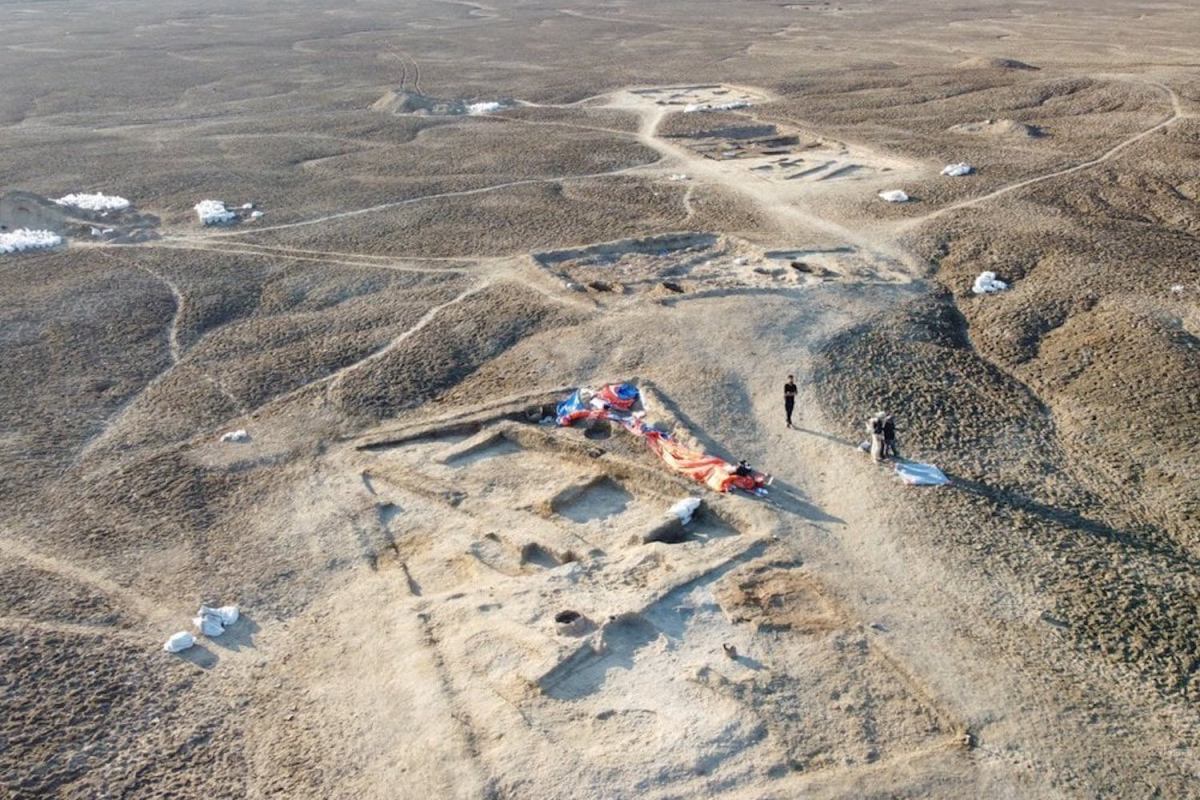If we could eat out every single night of the week, we would. We’re game for a martini and miso wings or a gas station burger, as long as it involves someone else cooking. It seems that even ancient humans loved a night off from the kitchen now and then, as archaeologists in Iraq just uncovered a 5,000-year-old tavern that dates back to around 2700 BCE. The eatery was discovered in the ancient city of Lagash, hidden a mere 19 inches below the surface.
At the site, archaeologists discovered that the tavern had an open-air area, kitchen, clay refrigerator called a zeer, benches and food storage containers. According to CNN, they even found dozens of bowls that were holding fish remains. The researchers say that Lagash was a populous industrial hub during the Early Dynastic period, and one of the oldest and largest cities in southern Mesopotamia.
Archaeologists Made Olive Oil With an Ancient Egyptian Recipe
You can’t go wrong with a classicThe discovery of the tavern tells us more besides the fact that people love eating out. It suggests that Lagash society had a middle class, not just enslaved people and those who were wealthy or had elite status of another kind.
“The fact that you have a public gathering place where people can sit down and have a pint and have their fish stew, they’re not laboring under the tyranny of kings,” Reed Goodman, an archaeologist at the University of Pennsylvania, told CNN. “Right there, there is already something that is giving us a much more colorful history of the city.”
At the 1,000-acre archaeological site, researchers also found an area where inhabitants made pottery and a residence that contains a kitchen and toilet. It’s good to remember just how far we’ve come in the last 5,000 years.
Thanks for reading InsideHook. Sign up for our daily newsletter and be in the know.


















